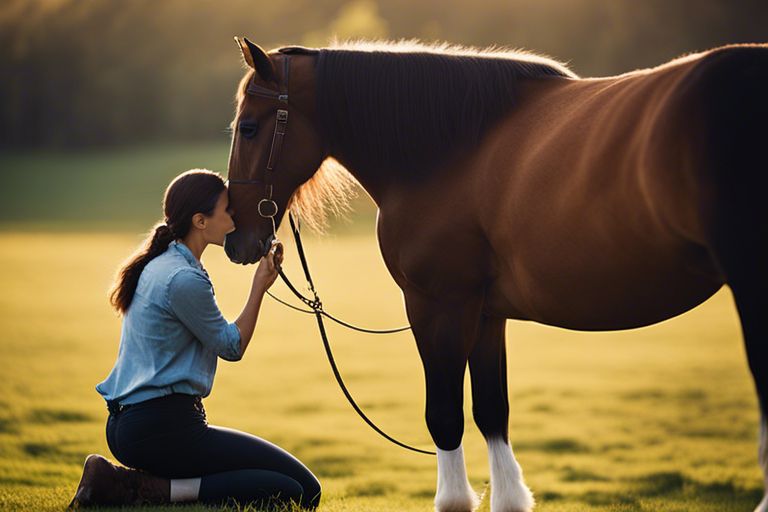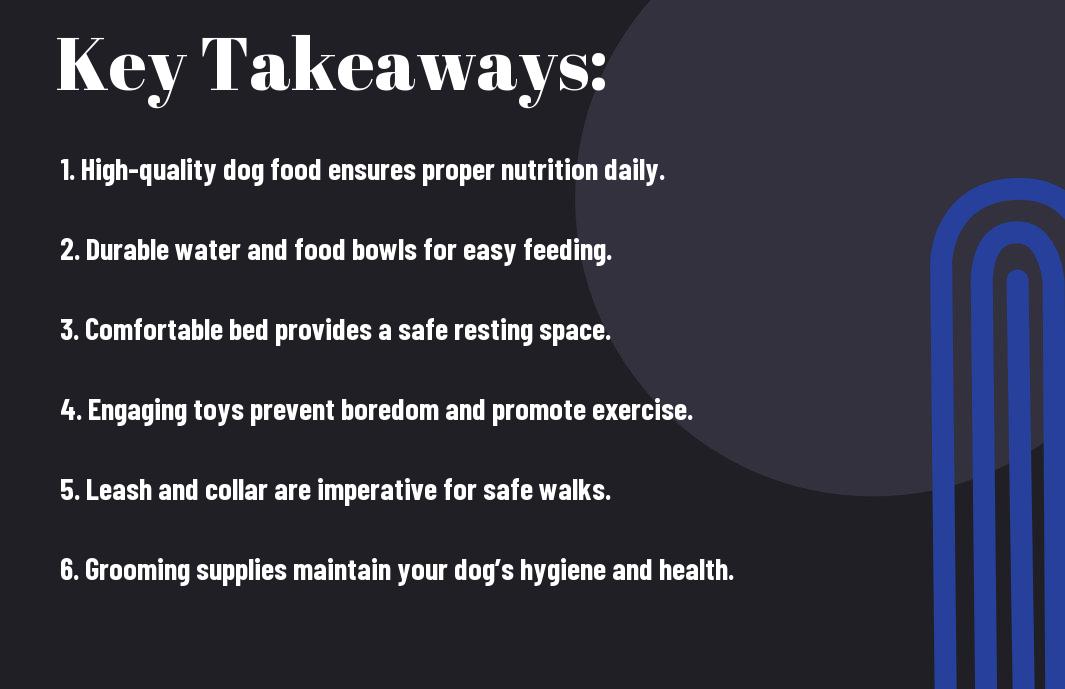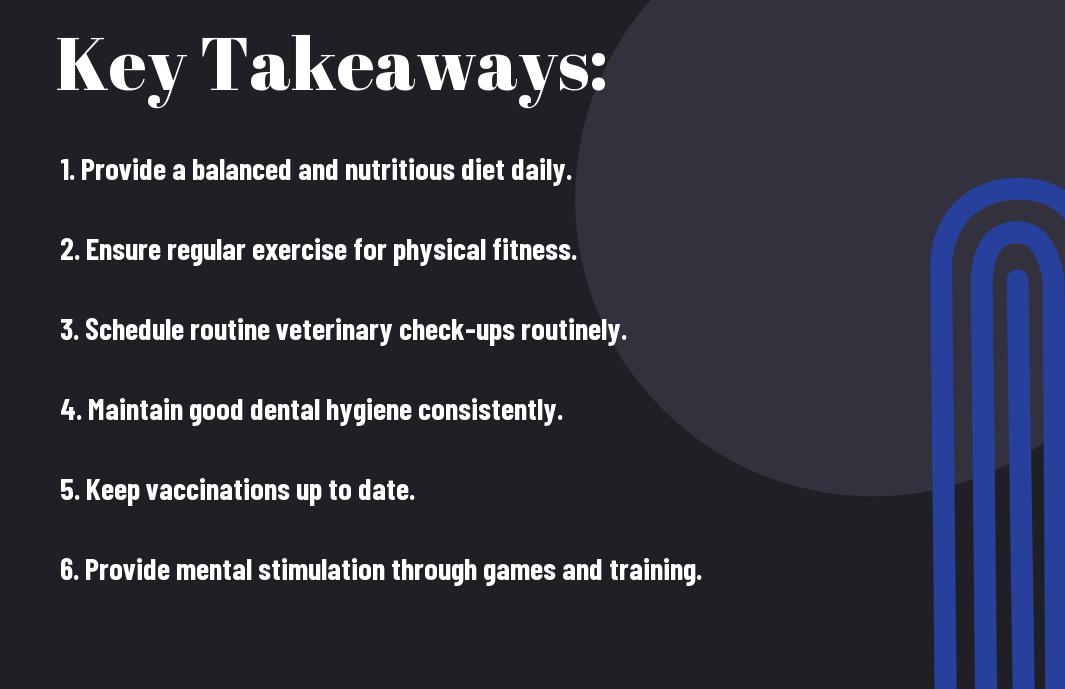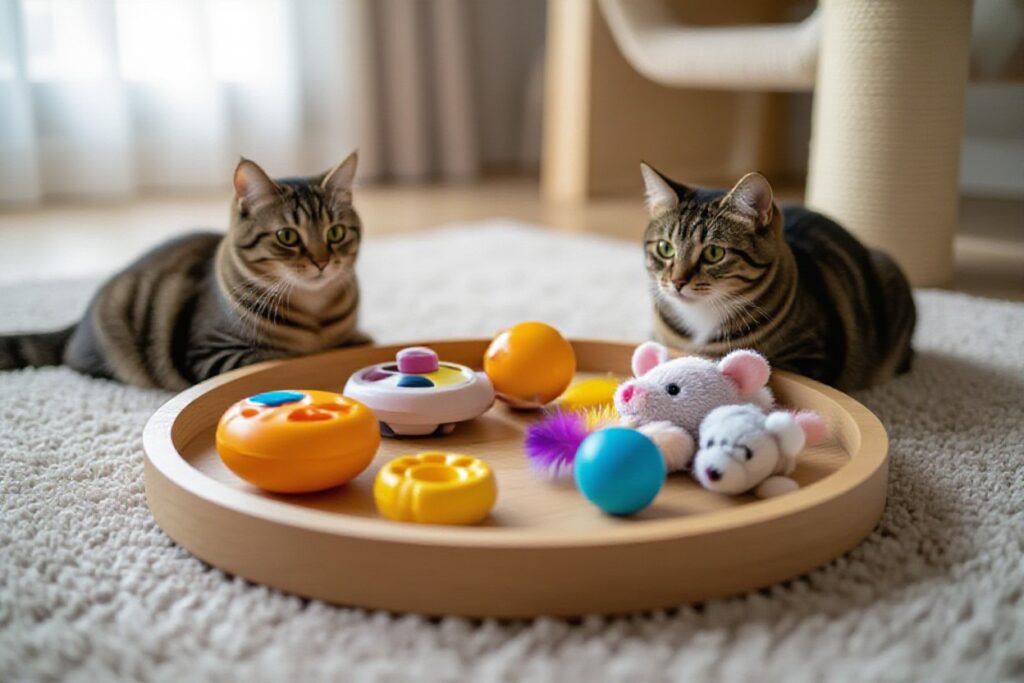Horse owners, teaching your equine companion tricks can be a fun and rewarding experience for both of you. It not only strengthens your bond but also provides mental stimulation for your horse. In this guide, you will learn effective methods and tips on how to teach your horse tricks in a safe and positive way. With patience, consistency, and the right approach, you can unlock your horse‘s potential and enjoy the magic of learning new tricks together.
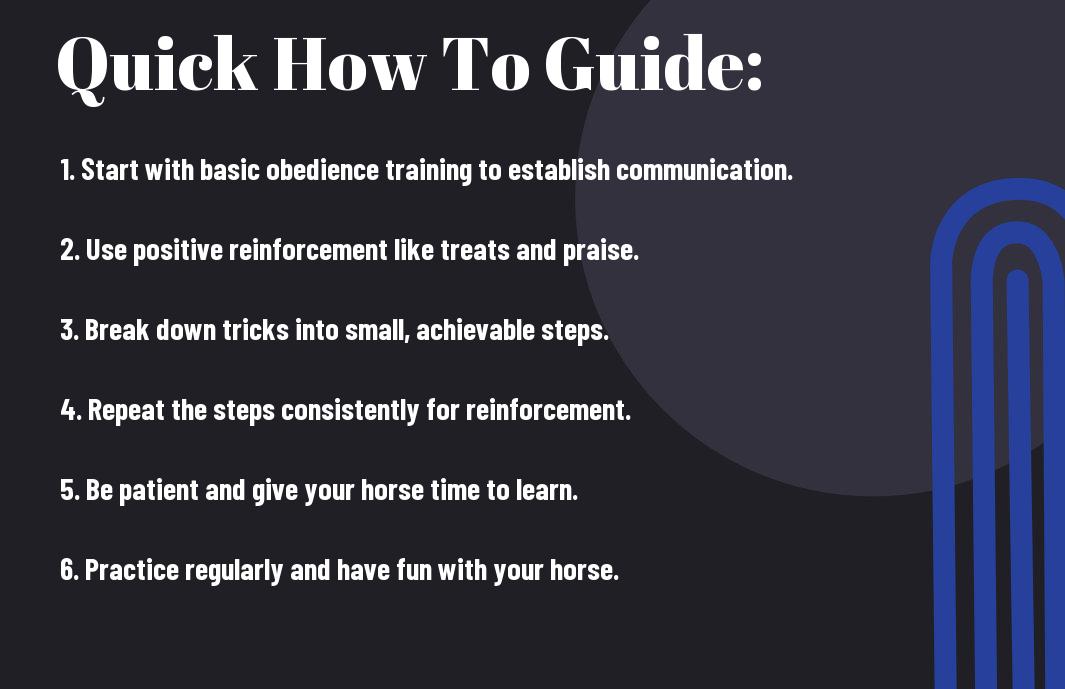
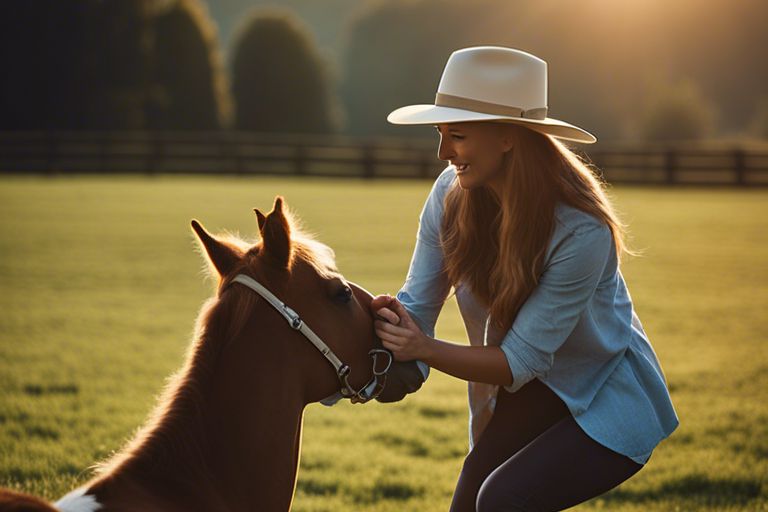
Understanding Your Horse’s Learning Style
While teaching your horse tricks, it’s important to understand their learning style to effectively communicate and train them. Just like humans, horses have unique personalities and learning preferences that can influence their ability to pick up on new cues and commands.
Identifying Your Horse’s Personality Type
Understanding your horse’s personality type can help you tailor your training methods to suit their individual needs. Some horses may be more curious and quick to learn, while others may be more cautious and require more time to feel comfortable. By observing how your horse reacts to new situations and stimuli, you can gain insight into their personality and adjust your training approach accordingly.
Recognizing Your Horse’s Learning Pace
Now, when it comes to recognizing your horse’s learning pace, it’s important to be patient and observant. Some horses may pick up on new tricks quickly and easily, while others may need more time and repetition to master the same skill. It’s crucial to pay attention to your horse’s responses and progress, allowing you to adjust your training sessions to accommodate their individual learning pace.
Horses can vary in their learning pace, so it’s necessary to be flexible and adapt your teaching approach to meet their needs. Pushing your horse too hard or too fast can lead to frustration and resistance, while positive reinforcement and reward-based training can encourage them to engage and learn. By respecting your horse’s learning style and pace, you can build a strong foundation for teaching them new tricks effectively.
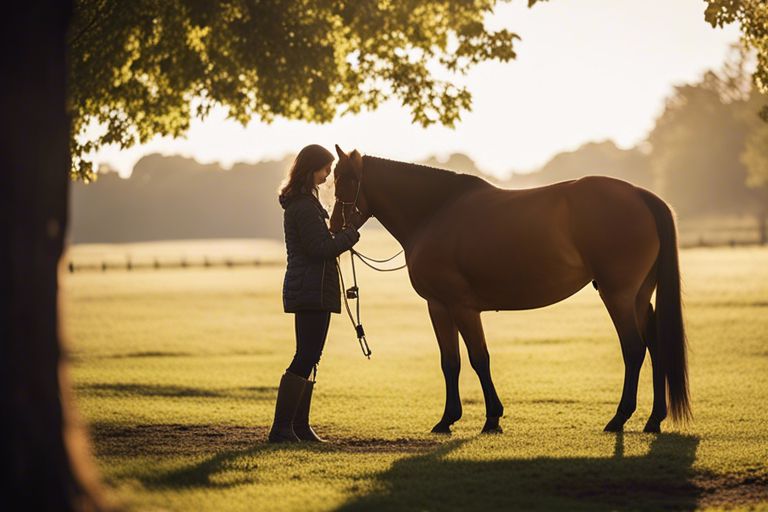
Preparing for Trick Training
Choosing the Right Equipment and Props
One of the first steps in preparing for trick training is choosing the right equipment and props. Some crucial items include a well-fitting halter, a lead rope, and a target stick. Treats or a clicker can also be useful for positive reinforcement during training sessions. Additionally, depending on the trick you want to teach your horse, you may need specific props such as cones, poles, or a pedestal.
Creating a Safe and Comfortable Training Environment
Even before you start teaching your horse any tricks, it’s important to ensure that you create a safe and comfortable training environment. Choose a quiet and familiar space where your horse feels relaxed. Make sure the area is free of distractions and potential hazards that could spook your horse during training.
Creating a safe and comfortable training environment also includes checking that the footing is suitable to prevent slips or injuries. Soft, level ground with good drainage is ideal for trick training sessions. Ensuring the area is well-lit if training indoors or during the evening can also help create a positive atmosphere for learning.
Establishing a Reward System
Preparing for trick training involves establishing a reward system to reinforce good behavior and progress. This can be done through treats, praise, or using a clicker to mark the desired behavior. Clearly communicate to your horse what behavior you are rewarding to help them understand the training process.
Understanding your horse’s preferences can help you determine the most effective rewards. Some horses may be motivated by food treats, while others respond better to verbal praise or a scratch on the withers. Experiment with different rewards to see what works best for your horse and keeps them engaged in the training process.
Basic Trick Training Techniques
Positive Reinforcement Methods
After establishing a strong bond with your horse, you can start teaching tricks using positive reinforcement methods. Reward your horse with treats, pats, or verbal praise immediately after they perform the desired behavior. Consistency is key; make sure to reward the behavior every time it is correctly executed. This will help reinforce the trick in your horse’s mind and encourage them to repeat it.
Clicker Training Basics
Some trainers find that clicker training can be a highly effective method for teaching horses tricks. Clicker training involves using a small handheld device that makes a clicking sound, paired with treats as a reward. While your horse performs the desired behavior, you click the device and immediately follow it with a treat. This helps your horse associate the sound of the click with the reward, making it easier for them to understand which behavior is being reinforced.
While clicker training can be very successful, it is important to keep the training sessions short and consistent. Too much repetition can lead to your horse becoming desensitized to the clicker or losing interest in the training.
Target Training Fundamentals
Trick Training involves teaching your horse to touch a target with a specific body part, such as their nose or a hoof. To begin target training, you will need a target stick or a simple object like a plastic lid. Hold the target near your horse and reward them with a treat when they touch it with the desired body part. Repeat this process, gradually increasing the distance between your horse and the target. This helps your horse understand the concept of targeting and can be the foundation for more advanced tricks.
On top of being a useful trick on its own, target training can also help improve your horse’s focus, coordination, and willingness to learn new behaviors. Targeting can be a versatile tool in trick training and can be used to teach a wide range of tricks and behaviors.
Teaching Simple Tricks
Once again, teaching your horse tricks can be a fun and rewarding experience for both of you. Starting with simple tricks is a great way to build a strong foundation for more advanced tricks in the future. Here are some basic tricks you can start with.
How to Teach Your Horse to Bow
Tricks: To teach your horse to bow, start by using a target such as a treat or a specific hand gesture to encourage your horse to lower his head towards the ground. You can also gently press on his leg to encourage him to shift his weight and lower himself into a bowing position. When he makes any movement towards a bow, reward him with a treat and praise. Repeat this process consistently until your horse is able to perform the bow on command.
How to Teach Your Horse to Shake Hands
With the shake hands trick, you can teach your horse to lift his hoof and offer it to you when you extend your hand. Start by gently lifting your horse’s leg and holding it in your hand while saying a command like “shake.” Reward him with a treat and praise when he lifts his hoof. Practice this motion regularly until your horse associates the command with the action.
Horse: Some horses may find the shake hands trick challenging at first, so be patient and provide plenty of positive reinforcement. It’s important to be gentle when lifting your horse’s hoof to avoid any discomfort or resistance. With consistent practice and praise, your horse will eventually learn to shake hands with you confidently.
How to Teach Your Horse to Touch a Target
For the touch a target trick, you can use a designated object like a traffic cone or a target stick. Encourage your horse to touch the target with his nose by using a treat or a clicker. As soon as he makes contact with the target, reward him with a treat. Repeat this process until your horse understands that touching the target results in a reward.
Teach: This trick is not only fun but also useful for teaching your horse to follow and focus on a specific object. You can use the touch a target trick to teach your horse to move in specific directions, improve his coordination, and build trust between the two of you. Have patience and celebrate each small progress your horse makes towards mastering this trick.
Advanced Trick Training Tips
For advanced trick training, there are some important tips to keep in mind to ensure success. Here are some key factors and strategies to consider:
Factors to Consider When Teaching Complex Tricks
- Time and Patience: Teaching complex tricks may take longer, so be patient and consistent in your training sessions.
- Clear Communication: Ensure your cues are clear and consistent to avoid confusion for your horse.
- Consistency in your training methods is crucial for your horse to understand what is expected of them.
- Remember to always reward your horse for small successes to keep them motivated and engaged in the training process.
- Though advanced tricks can be challenging, perseverance will lead to eventual success.
How to Break Down Complex Tricks into Smaller Steps
Break down complex tricks into smaller, more manageable steps to help your horse understand and master the behavior. Start by teaching each component of the trick separately before combining them into the final behavior. This will make the trick less overwhelming and easier for your horse to learn.
Factors to consider: When breaking down complex tricks, consider the physical and cognitive abilities of your horse. Ensure the steps are achievable and gradually increase the difficulty as your horse progresses.
Tips for Overcoming Common Training Obstacles
- Consistency: Consistent training methods will help your horse understand what is expected of them.
- Patience: Teaching advanced tricks may take time, so be patient and avoid rushing the process.
Knowing how to address and overcome common training obstacles will help you progress in teaching your horse advanced tricks. Utilize troubleshooting techniques and seek help from experienced trainers if needed.
- In the end, remember that overcoming training obstacles will make you a better trainer and strengthen the bond between you and your horse.
- Knowing when to seek help from a professional trainer is important when facing challenges in advanced trick training.
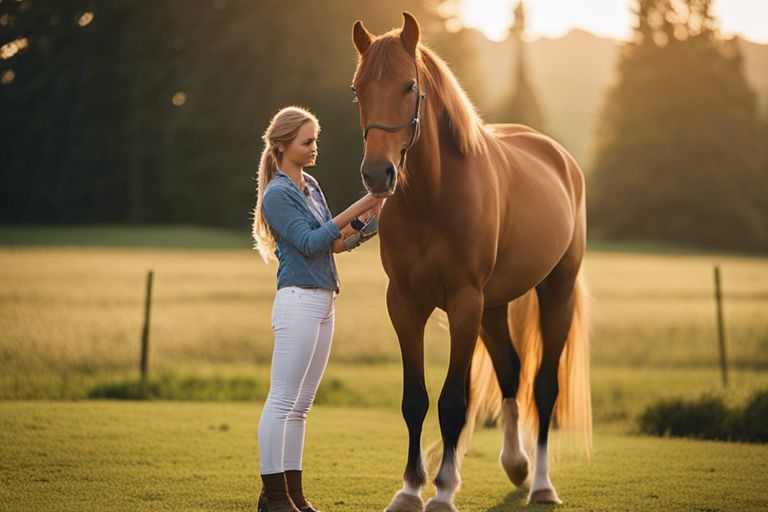
Maintaining Your Horse’s Trick Training Progress
How to Practice Tricks Regularly
Keep your horse’s trick training progress on track by practicing regularly. The key to maintaining and improving your horse’s skills is consistent training. Set aside dedicated time each day to work on tricks with your horse. This regular practice will reinforce the learned behaviors and help your horse stay engaged and sharp.
Tips for Reinforcing Learned Behaviors
Trick training is an ongoing process, and it’s vital to reinforce the behaviors your horse has already learned. Use positive reinforcement techniques such as treats, praise, and scratches to reward your horse for performing tricks correctly. Consistency is key when reinforcing these behaviors, so be sure to reward your horse immediately after they have successfully completed a trick.
- Consistent rewards are vital for reinforcing learned behaviors.
- Be patient and persistent in your training efforts.
- Regularly review and practice previously learned tricks to maintain proficiency.
While your horse may impress you with their quick learning ability, it’s important to continue reinforcing the behaviors to solidify them in your horse’s repertoire. This consistent reinforcement will ensure that your horse remains motivated and responsive during trick training sessions.
Factors to Consider When Introducing New Tricks
Plus, when it comes to introducing new tricks to your horse, there are several factors to keep in mind. Consider your horse’s personality, physical capabilities, and any potential challenges they may face when learning a new trick. Take things slow and always ensure that your horse is comfortable and willing to participate in the training process.
- Start with simple tricks before progressing to more complex ones.
- Pay attention to your horse’s body language and adjust training accordingly.
- Introduce one new trick at a time to prevent overwhelming your horse.
Practice patience and understanding when introducing new tricks to your horse. Assume that they may need time to grasp the concept and never rush the training process. By taking these factors into consideration, you can set your horse up for success in learning new tricks.
Final Words
Summing up, teaching your horse tricks can be a fun and rewarding experience for both you and your equine friend. By using positive reinforcement techniques, breaking down the trick into small steps, and being patient and consistent in your training, you can build a strong bond with your horse and impress others with their newfound skills. Remember to always prioritize your horse’s safety and well-being throughout the training process.
FAQ
Q: What are some benefits of teaching my horse tricks?
A: Teaching your horse tricks can improve the bond between you and your horse, provide mental stimulation, and increase your horse’s confidence and trust in you.
Q: How can I start teaching my horse tricks?
A: Start by establishing a clear line of communication with your horse through groundwork and basic training. Then, choose a simple trick to teach, break it down into small steps, and use positive reinforcement to reward your horse’s progress.
Q: Are there any safety considerations I should keep in mind while teaching my horse tricks?
A: Safety should always be a top priority when teaching your horse tricks. Make sure you are in a safe environment with proper equipment, start with basic tricks, and always listen to your horse’s cues to ensure they are comfortable and engaged.
Q: How long does it typically take to teach a horse a new trick?
A: The time it takes to teach a horse a new trick can vary depending on the complexity of the trick, the individual horse’s learning pace, and the consistency of your training sessions. Some tricks may take days to weeks to master.
Q: Can teaching my horse tricks be a fun and rewarding experience for both of us?
A: Yes, teaching your horse tricks can be a fun and rewarding experience that fosters a stronger bond between you and your horse. It can also provide mental stimulation and create a positive and enriching environment for your horse.
